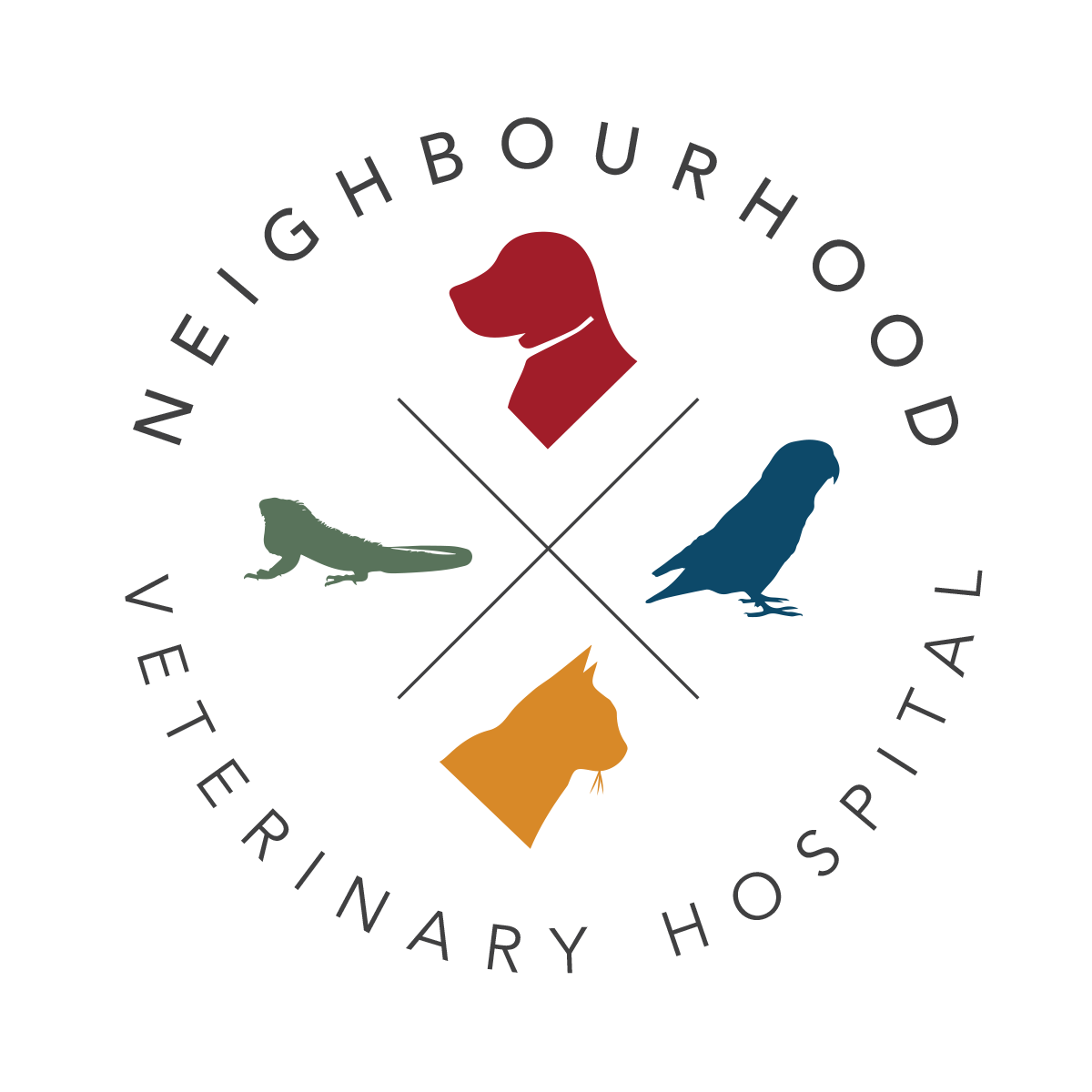Library
-
Monitoring your pet is important to his health. This handout discusses the use of trackers and apps to monitor your dog's activity level and overall mental and physical health.
-
This handout discusses the dangers of laundry and dishwasher detergent pods in dogs and cats. Consumption of detergent in any form is dangerous for cats and dogs. Signs of pod exposure include irritation of skin, eyes, and mouth as well as more serious gastrointestinal and respiratory signs that require prompt veterinary medical attention. Learning to recognize and prevent pod exposure will help keep pets safe.
-
A pet sitter can give your pet the care they need if you have a busy schedule or are traveling. Pet sitters take care of your pet in your home or theirs, and can do much more. Be sure to interview any potential sitters and use trusted friends, your vet, or online resources when looking for sitters.
-
The domestic pigeon includes over 300 breeds, all descending from the rock dove. They originated in Eurasia, but are now found all over the world. They are generally hardy birds that are easy to tame and care for. As with any pet, pigeons and doves need regular, routine, veterinary health checkups.
-
Many birds naturally eat plants as part of their diet. Birds will chew on and possibly consume plants in the course of play and curiosity. Some plants will just make a bird sick while others can kill them. This handout catalogues many of the indoor and outdoor plants that are considered safe for birds.
-
Many birds naturally eat plants as part of their diet. Some birds will chew on and possibly consume plants out of curiosity or during play. Many toxic plants will just make a bird sick if they ingest them, but some can kill them. Fortunately, rather than ingesting plants, most birds shred and play with plants with which they come in contact. This handout catalogues many of the indoor and outdoor plants that are considered to be potentially toxic to birds.
-
Plaque forms on teeth shortly after eating and within 24 hours begins to harden, eventually turning into tartar. Tartar serves as a place for bacteria to grow, leading to gingivitis. As gingivitis worsens, periodontal disease develops, which includes inflammation, pain, and tooth loss. Prevention of plaque and tartar build-up is key. Use VOHC-accepted food and/or water additives, wipe or brush your cat's teeth daily, and have your veterinarian perform regular dental cleanings.
-
Plaque forms on teeth shortly after eating and within 24 hours begins to harden, eventually turning into tartar. Tartar serves as a place for bacteria to grow, leading to gingivitis. As gingivitis worsens, periodontal disease develops, which includes inflammation, pain, and tooth loss. Prevention of plaque and tartar build-up is key. Use VOHC-accepted food and/or water additives, wipe or brush your dog's teeth daily, and have your veterinarian perform regular dental cleanings.
-
Mouthing, nipping, and biting are used by all puppies during social play with their littermates. Once they leave their littermates, you can easily teach them a new set of games that are appropriate for social play with people. It is important to provide puppies with outlets for appropriate play from the start. Puppies should never be punished for playing with their teeth, as it can cause them to become permanently fearful of people.
-
Special care must be taken when your dog comes home after an operation to ensure the incision area stays clean and dry and heals properly. Some signs are cause for concern, and if observed, call your veterinarian right away.

